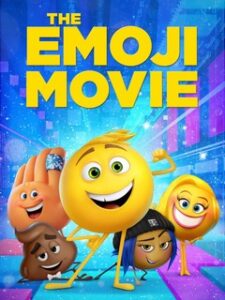Hunt, Gather, Parent
By Michaeleen Doucleff
352 pages
Published March 2, 2021
K heard Doucleff speaking about this book and thought it might make a nice gift for the parents of our grandchildren. But she wanted to read it first to make sure it wouldn’t be suggesting things she wasn’t comfortable endorsing.
As the title suggests, the author takes an anthropological approach to discovering what sort of parenting practices produce which sort of responses in children. I’m a sucker for that kind of thinking – and so, I’m reading it now.
I was a tad disappointed with how it opens: Doucleff, an NPR science reporter, announces that she has just “hit rock bottom as a mom.” The problem? Her three-year-old daughter Rosy, though “whip smart” and “wildly courageous,” has frequent tantrums in which she slaps, bites, and overturns furniture.
Doucleff assumes that this is normal behavior for a child of her age. But then she remembers her time researching stories for NPR in Mexico, and how the Mayan children all seemed to be extremely well behaved and helpful around the house.
“What was going on there?” Doucleff wanted to know. Did the Mayan moms know something she didn’t know? Could they be doing something that all the parenting books she had read had not covered?
“This sounds like an idea for a new book,” she must have thought. And so she set about to write that book by traveling to rural villages in Mexico, Canada, and Tanzania, observing the child-rearing practices there, and then trying out those that look like they work on her daughter.
In Mexico, she discovers that Mayan parents – mothers and grandmothers, mostly – put their kids to working around the house as soon as they can pick up a spoon. The caregivers keep watch, but provide little in the way of correction or praise. Helping out isn’t considered a chore, but an opportunity to be a contributing member of the family. (They call it acomedido.) According to Doucleff, the kids eventually develop useful household skills. More importantly, “they pitch in naturally, because they feel like part of the family enterprise.”
The research continues in a freezing Arctic village. Inuit parents view kids as “illogical, newbie citizens trying to figure out the proper behavior,” says Doucleff. So when their children misbehave, they don’t take it personally. They certainly don’t shout, she says, since that would just teach kids to shout, too. Instead, they remain placid. They either go silent and simply observe the behavior, or walk away.
Okay, fine. This is not scientific research per se. Nor is it even proper anthropology. But it’s interesting. And if, as I continue to read on, Doucleff continues to draw conclusions about parenting that I agree with, I will readily recommend her book to our kids.
Watch an interview with Michaeleen Doucleff here.
 MarkFord
MarkFord





